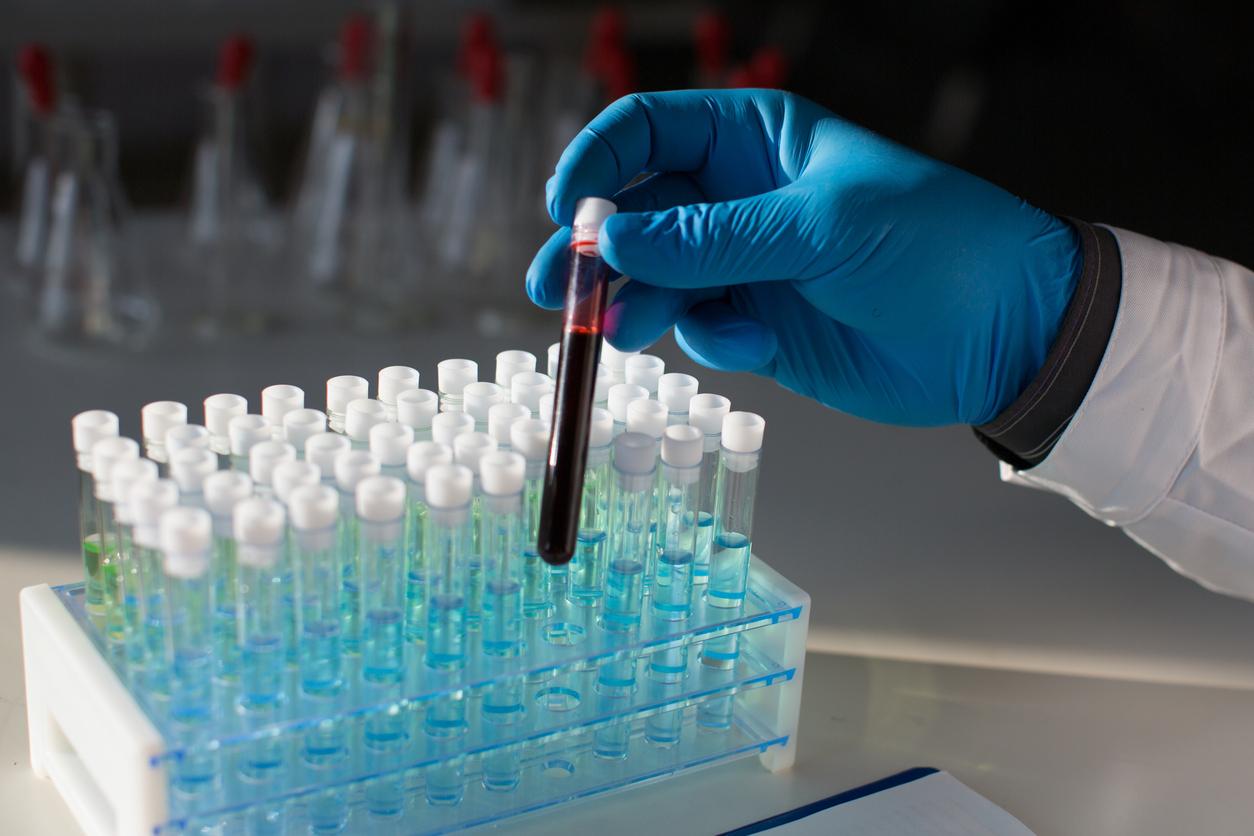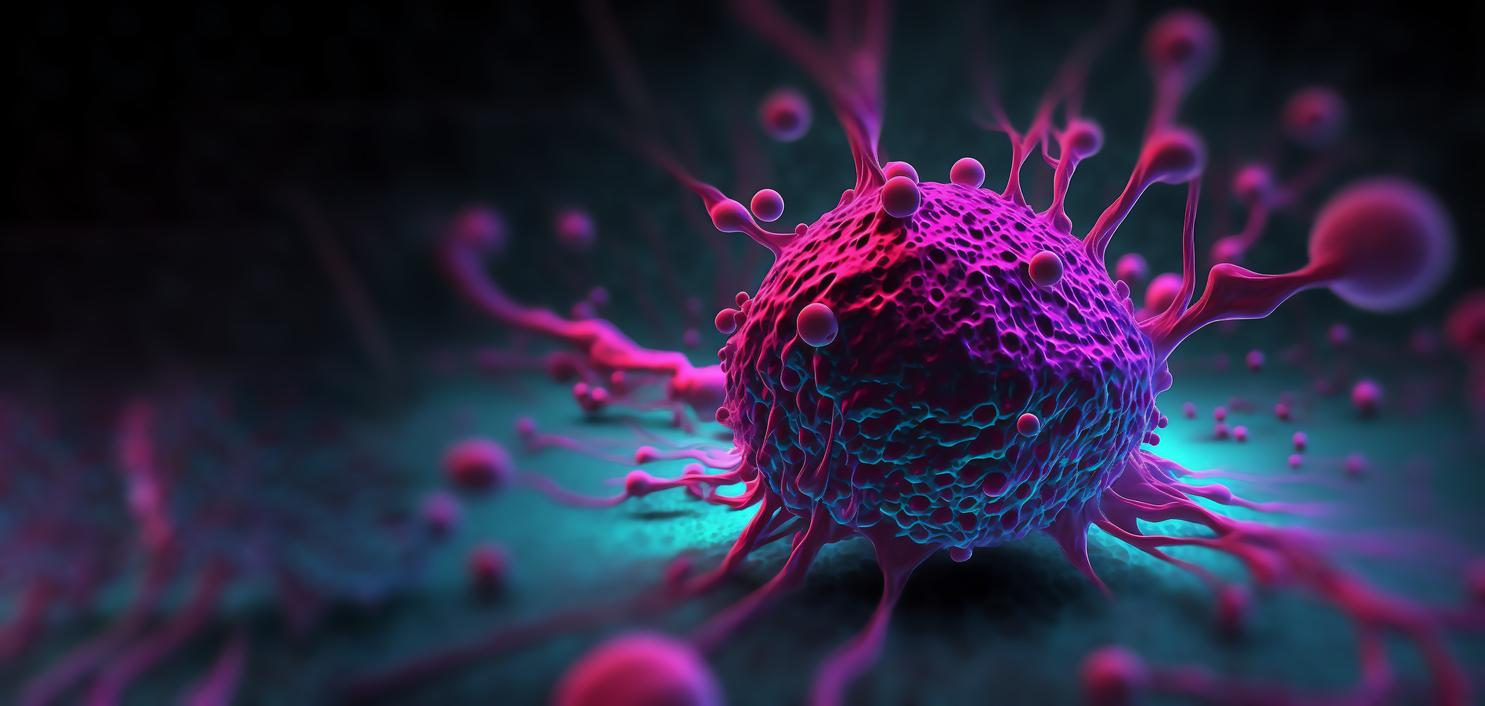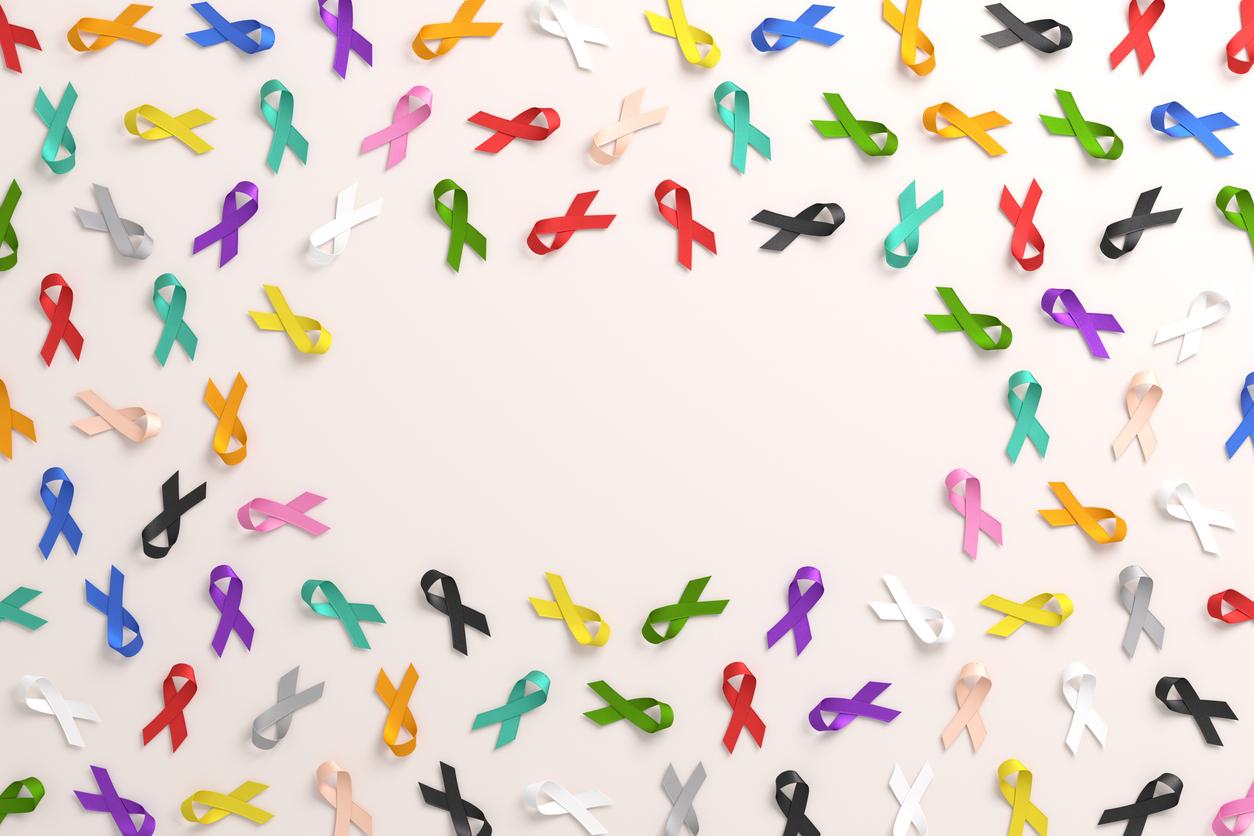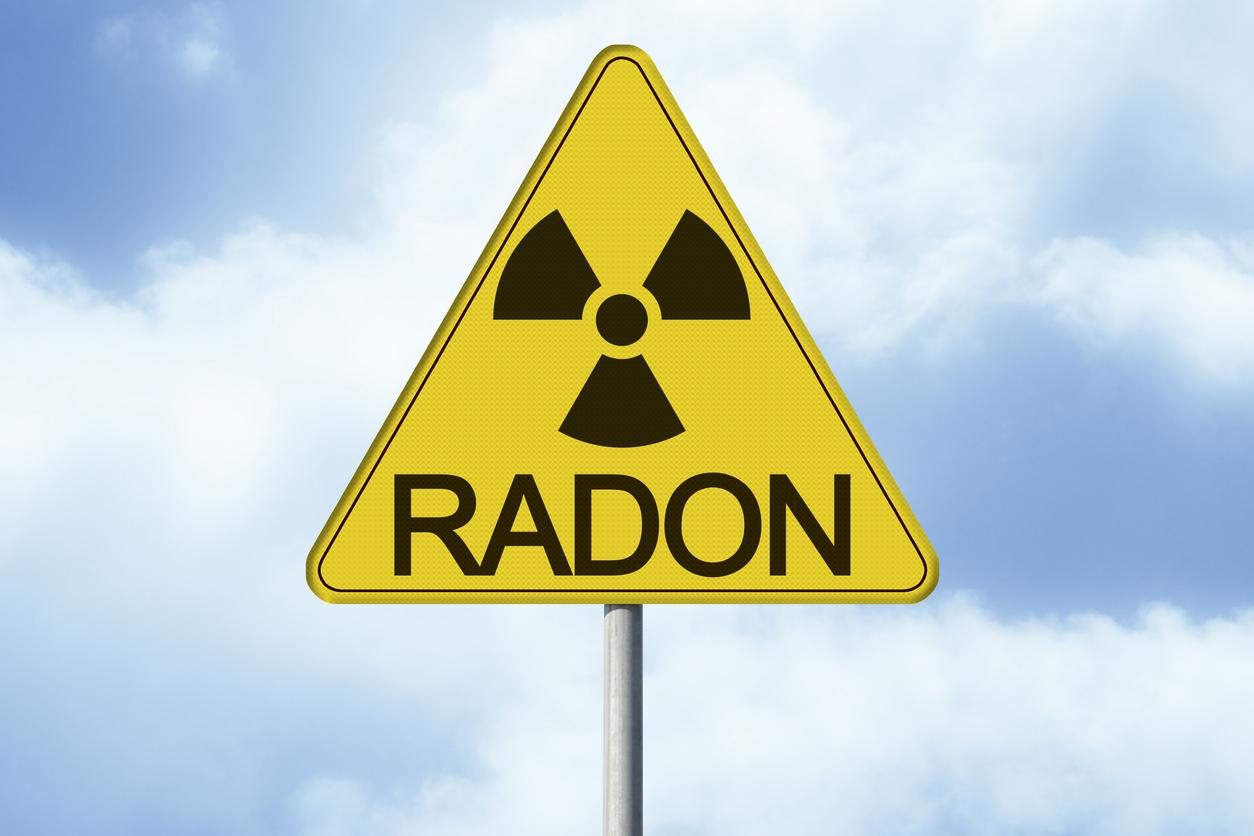These two aromatic herbs contain an anti-cancer compound. By managing to concentrate it, it would be possible to develop drugs.
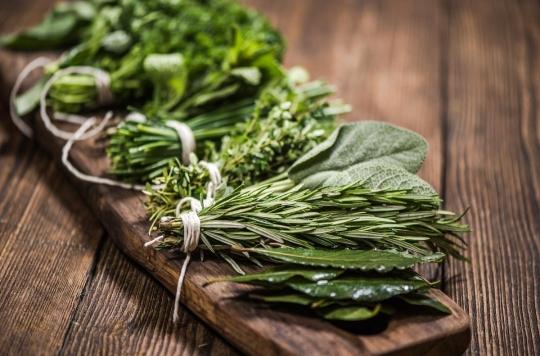
- Thyme and oregano belong to the Lamiaceae family.
- Thymohydroquinone is known for its multiple health benefits: it would be anti-inflammatory, analgesic, anticonvulsant, etc.
These are key aromatics in Provençal cuisine, but they also have potential in the treatment of cancer: thyme and oregano contain a substance capable of preventing the development of tumours. For this, the compound must be extracted and amplified. Researchers from Purdue University, located in the United States, explain this process in a study published in the scientific journal PNAS.
Plants with multiple benefits
These different compounds are thymol, carvacrol and thymohydroquinone present in thyme, oregano and in other plants of the Lamiaceae family. They are known for their antibacterial, anti-inflammatory and antioxidant properties. Previous research has shown that thymohydroquinone has anti-cancer properties. “These plants contain important compounds, but the amount is very small and the extraction will not be sufficient”, says Natalia Dudareva, professor of biochemistry, who co-directed the project. In this work, the researcher and her team managed to understand how these different compounds are formed. Using RNA sequencing and correlation analysis, the team screened more than 80,000 genes from plant tissue samples and identified the genes needed to produce thymohydroquinone. Based on what was known about the compound’s structure and through metabolite profiling and biochemical testing, the team identified the biosynthetic pathway, or the process by which these compounds emerge. “The results change our previous understanding of the formation of this class of compounds, called phenolic or aromatic monoterpenes, for which only a few biosynthetic pathways have been discovered in other plants.”continues the author.
How to use these compounds?
The key to unlocking the power of these plants is to amplify the amount of compound created or synthesize it in order to develop drugs. Now that the mechanism is known, scientists want to develop new strains that can produce more of these compounds, or concentrate them.”It’s an amazing time for plant science right nowunderlines Natalia Dudareva. We have tools that are faster, cheaper and offer much more efficiency. It’s like looking inside the cell.She adds that the results of this work will also be useful for biochemical and plant science research on other plant species.
.










